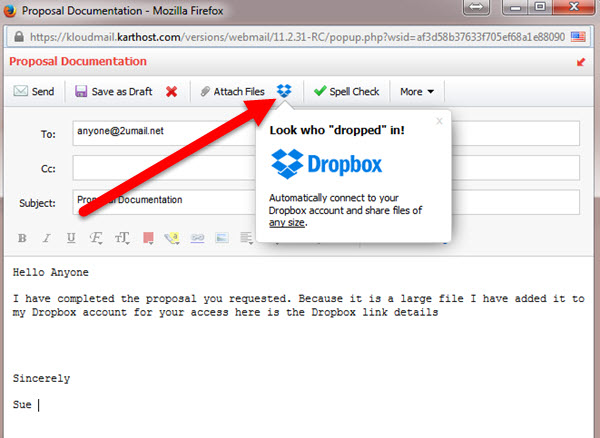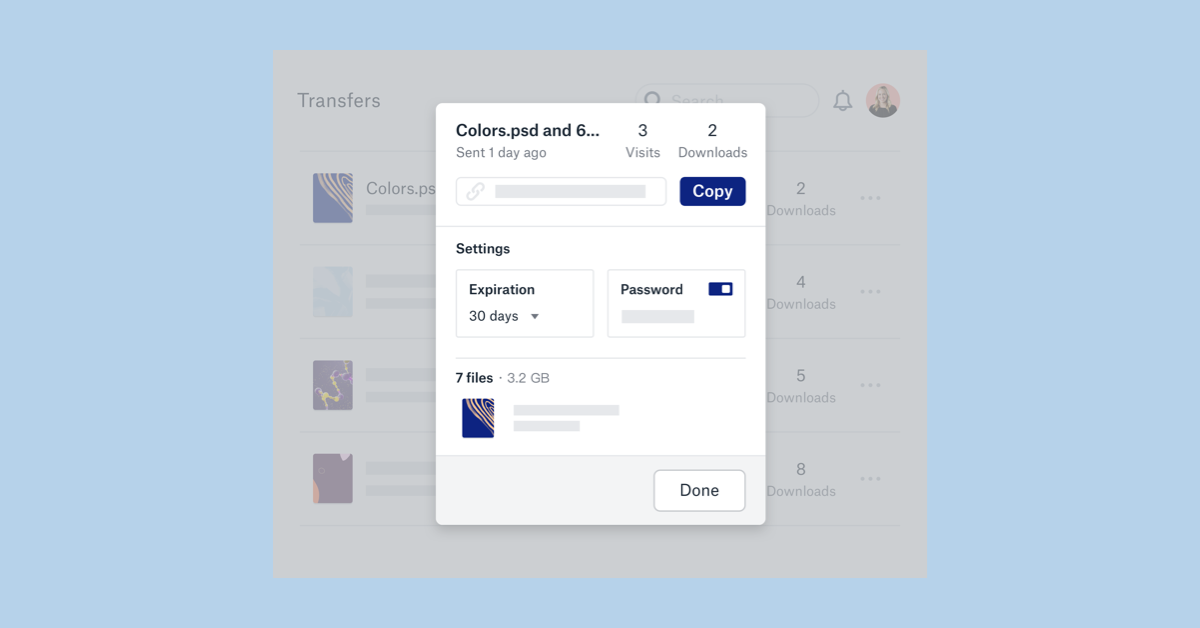
It’s also great because they send you an email to tell you that the files were sent successfully – and then sends you another to tell you when the files have been downloaded – so you know that they got through. That avoids the issues of inbox sizes because the recipient only downloads the files when they choose to go to the website to download the files – so they can wait until they have a suitable connection. These are free services where you can upload files up to 2GB in size, enter the email address of the person you want to send them to and your own email address, and the service then sends that person a message with a link to download the files. WeTransfer and MailBigFile are just 2 of the large file transfer sites that are available – there are others as well. Zipped files help – but can get blocked by spam filters or even get your message (and future messages) marked as spam.Īll in all that means that until you are sure someone can receive large files over email, you can’t be 100% sure it will get through – so it’s a good idea to check first, and then make sure your message and the files got through. Because of this, the IT departments of many companies block messages over 2-3MB so your message might simply not be received. It’s almost instant, and puts the file directly in front of the person with minimal fuss – but it doesn’t work for everyone.īear in mind that large files fill up people’s inboxes, and can be annoying – particularly if the client is receiving the files on their mobile without a broadband connection. EmailĮmail is a great way to send files up to about 10MB – so that usually covers basic PDFs and limited photos (particularly when zipped/compressed). Today thankfully, we are really spoilt for choice on how to send large files – and here are 5 great options to use… 1. Gradually CDs and then DVDs made life easier with disposable storage at much higher capacity – but even then you still had to physically post them – with all the time delays that can entail.


In the 90s SyQuest disks made life easier, but at £40 plus for 44MB (yes – that’s MegaBytes not Gigabytes) you couldn’t really just send and forget – you had to try and get them back if you could. I’m old enough to remember the old days of couriers and packages being shipped back and forward with physical artwork in them – but even when digital artwork took over, moving large files was never easy. If you work in graphic design or marketing, you are going to need to move large files like images, photos and video around at some point – and that can be difficult. Tips & Tricks 5 ways to transfer large graphic, artwork, photo and video files in a hurry… Posted by Colin Higton


 0 kommentar(er)
0 kommentar(er)
